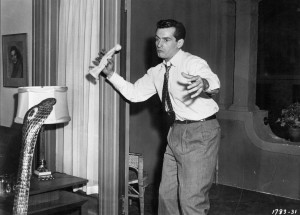
Jack Kelly was born on this date in 1927 to a family already deeply involved in “show business.” Jack’s mother was an actress and model while his father was a theater ticket broker. His older sister, Nancy, would go on to win a Tony Award and an Academy Award nomination.
Jack’s own career began at the age of two, modeling for soap ads, and he made his stage debut at the age of nine. He moved to California with his family in 1938 and went on to attend St. John’s Military Academy and UCLA. His film debut was a very minor role in The Story of Alexander Graham Bell (1939). In 1945, Jack joined the Army and flew on the first B-29 to cross the Arctic Circle.
By 1955, Jack Kelly was already a veteran of radio, stage, and screen, primarily in military or cowboy roles. His Army background made him ideal for the former while the latter led to his most well-known role, but more on that later. Today, we’re going to look at one of those military roles, that of Cpl. Carl Turner in the Universal Studios monster movie Cult of the Cobra.
Cult of the Cobra (1955)
Bolstered by the success of Creature from the Black Lagoon (1954), the Universal Monsters had nearly recovered from being made laughable alongside Abbott and Costello. Cult stands as an outlier in a shift for Universal away from supernatural menaces to threats born of science such as the Gill-man and the monsters in It Came from Outer Space (1953), This Island Earth (1955), and Tarantula (1955). While Cult makes a token reference to the speculative science behind the principle of “metamorphosis,” the transformation of woman into cobra is presented as traditional Near East Mysticism rather than a disease (lycanthropy) or a genetic trait. Indeed, the final images of the film only make sense in the context of magic, but that’s perhaps looking at things a little too closely in what is, essentially, a goofy cautionary tale about “Ugly Americans” and the dangers of fraternizing with foreign women.
As Air Force Cpl. Carl Turner, Jack Kelly is perhaps the most ruggedly handsome of the aforementioned “Ugly Americans” and is depicted as quite the ladies man, in both dialogue and in action. He is joined by five others, but the airmen are largely interchangeable in the early proceedings. About to be discharged from service, they’re up for some “wholesome” fun, mostly obsessed with the prospect of female companionship either in their exotic surroundings or back home.
Slender hangs illusion,
fragile the thread to reality.
Always the question: Is it true?
Truth is in the mind and the mind
of man varies with time and place.
The time is 1945.
The place is Asia.
Looking to get a photo op with a snake charmer, “Professor” Paul Able (Richard Long) takes the conversation in a strange direction when he asks “Hey, have you guys ever heard of snakes being changed into people?” The staff sergeant then proceeds to lecture the group on the cult of the lamians and principles of metamorphosis. Paul is a definite buzzkill, but the ham-fisted expository dialogue delivered by Richard Long (House on Haunted Hill) in this scene and the next sets the plot in motion less than three minutes in. The snake charmer, a lamian himself and member of the eponymous “Cult of the Cobra,” is more than happy to sneak the westerners into a cult ceremony for a hundred crisp American dollars.
Despite multiple dire warnings, Cpl. Nick Hommel (James Dobson) can’t resist the temptation for a little flash photography. He is instantly caught and the Americans are forced to fight their way out of the temple. The whole sequence, drum-heavy orchestral score and eventual discovery included, is similar to the portrayal of Thulsa Doom’s Cult of Set in pulp classic Conan the Barbarian (1982).
The high priest curses them, proclaiming “One by one, you will die!” The snake charmer also tries to warn them of their unavoidable doom, but his admonishments are cut short by a tulwar to the gut as punishment for his transgressions. I guess he won’t be spending that dirty Benjamin any time soon.
The guys catch up to Nick on the street, finding him unconscious and snake-bit, but still alive. When he awakens in the hospital, he is quick to blame his poor judgment on being rip-roaring drunk, something firmly established in the earlier bar scene. Instead of leaving with his mates the next morning, Nick receives a late night visitor. An unmistakable shadow and point-of-view cobra-cam make his attacker obvious.
Once back in the States, we are reintroduced to the love triangle of Paul Able, his roommate Sgt. Tom Markel (Marshall Thompson), and Julia (Kathleen Hughes). Having made up her mind, Julia breaks it off with Tom at the bowling alley of Cpl. Rico Nardi (David Janssen). Tom takes the news well enough, but the love triangle turns into a love rhombus later that night when he rushes in to “rescue” a shrieking neighbor from an unseen intruder.
After some light flirting, Tom manages to convince his neighbor (Faith Domergue) to allow him to show her more hospitality than the city has thus far in her first week as a New Yorker. She introduces herself as Lisa Moya, but when she accidentally calls him Mr. Markel, she plays it off as having seen it on his mailbox. Serious red flag?
Tom takes Lisa out for her first hot dog and shows her the sights. She doesn’t drink, smoke, or kiss, and seems to rankle every animal they encounter, from cats to Tom and Paul’s dog, to carriage horses on the street. More red flags, but Tom is enchanted by this exotic mystery woman from across the hall.
After their day on the town, Tom insists on introducing Lisa to his roommate Paul. Lisa picks up a framed photograph of the six uniformed soldiers and inquires about each of them in turn.
If the relationship between roommates Tom and Paul is awkward and tense, that’s nothing compared to horndog Carl just openly hitting on his supposed buddy’s new girl shortly after meeting her. Jack Kelly manages to ooze oily swagger as he lays on the charm. His unwelcome attention earns him a crack across the jaw from a jealous Tom.
Soon, Tom’s Air Force buddies start getting eliminated in a series of cobra-cam sequences, one by one, just as the priest had promised. There’s a surprisingly solid stunt with a car flipping over during one of the attacks. Can “Professor” Paul Able and his remaining fellows uncover the truth behind these sudden deaths before it is too late?
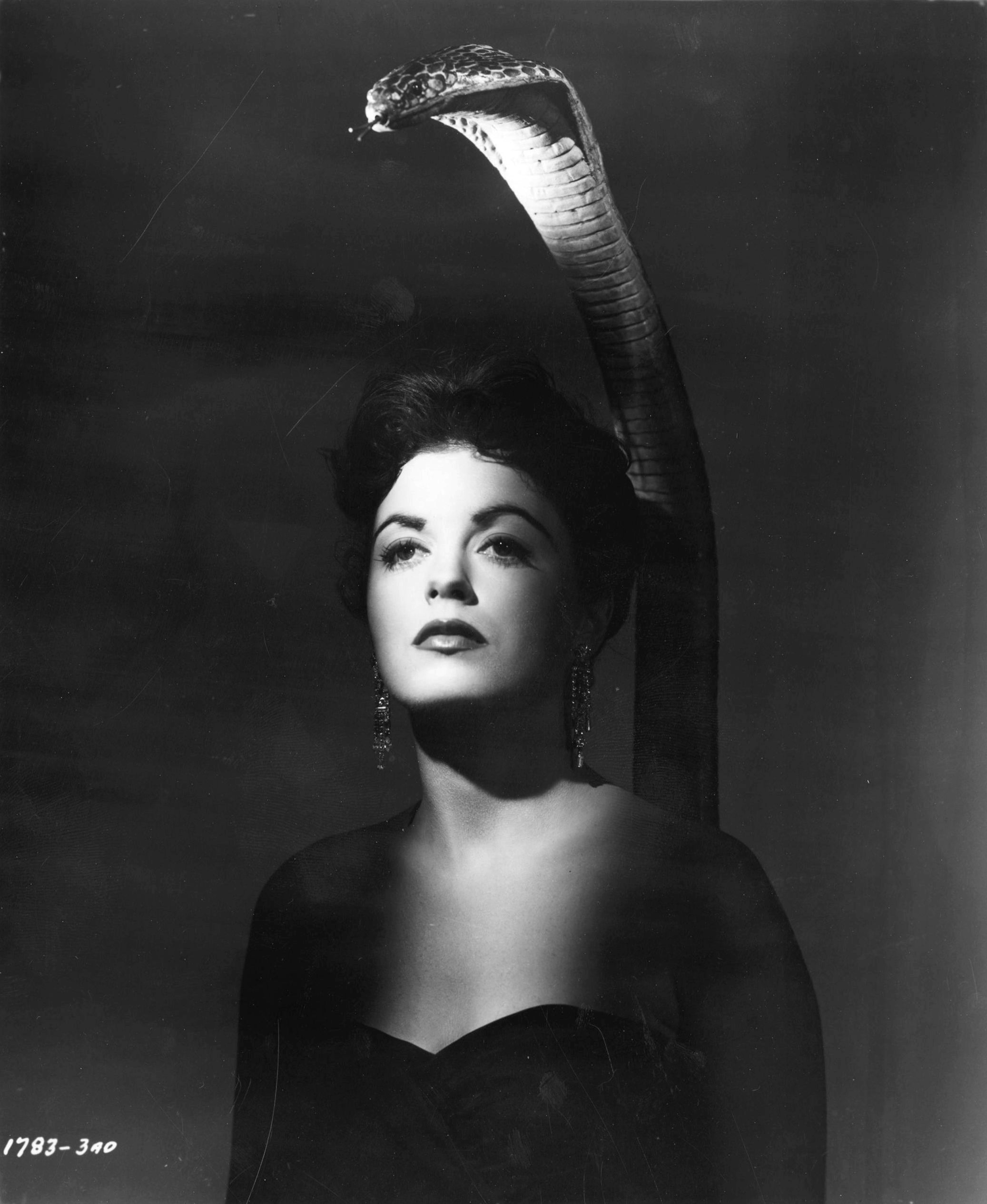
Promotional Photo of Faith Domergue as
Lisa Moya and her cobra alter ego from
Cult of the Cobra (1955)
Cult of the Cobra was the first of four genre films for Domergue released over four consecutive months in 1955 (along with This Island Earth, It Came from Beneath the Sea, and The Atomic Man).
As Lisa Moya, Domergue is cleverly lit in an almost noirish style. Her large, dark eyes are framed by light, leaving the rest of her head and shoulders shrouded in deep shadow, suggesting the hood of a cobra. It proves very effective and helps rescue the film from the noticeable absence of a signature transformation sequence as seen in such earlier Universal Monsters films as The Wolf Man (1941) and even Abbott and Costello Meet Dr. Jekyll and Mr. Hyde (1953).
Later the same year, Universal reunited Jack Kelly with Marshall Thompson and David Janssen as soldiers for the epic Audie Murphy bio pic To Hell and Back. The war film set a box office record for Universal that stood for nearly two decades. This record was eventually beaten by a low budget monster movie plagued with production troubles known as Jaws (1975).
Jack Kelly continued to play soldiers and cowboys for much of his career, including the role of Captain Valli in one of my favorite macaroni combat films, Commandos (1968). His most iconic role is undoubtedly that of cowboy gambler Bart Maverick (brother to James Garner’s Bret). Beloved Bart would also be Jack’s final role, appearing in the NBC television movie The Gambler Returns: The Luck of the Draw (1991) just a year before his death from a stroke.
With appearances in such diverse genre fare as the classic Forbidden Planet (1956), Kurt Neumann’s She Devil (1957), and The Human Tornado (1976), this is surely not the last time we’ll discuss Jack’s career. We hope you’ll return as well the next time we remember the work of Jack Kelly.



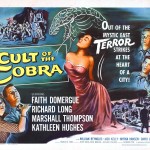
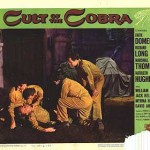
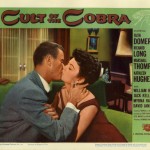
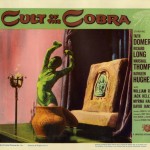
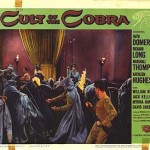
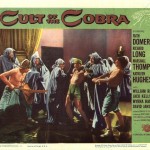
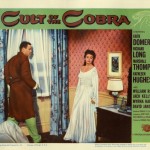
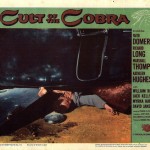
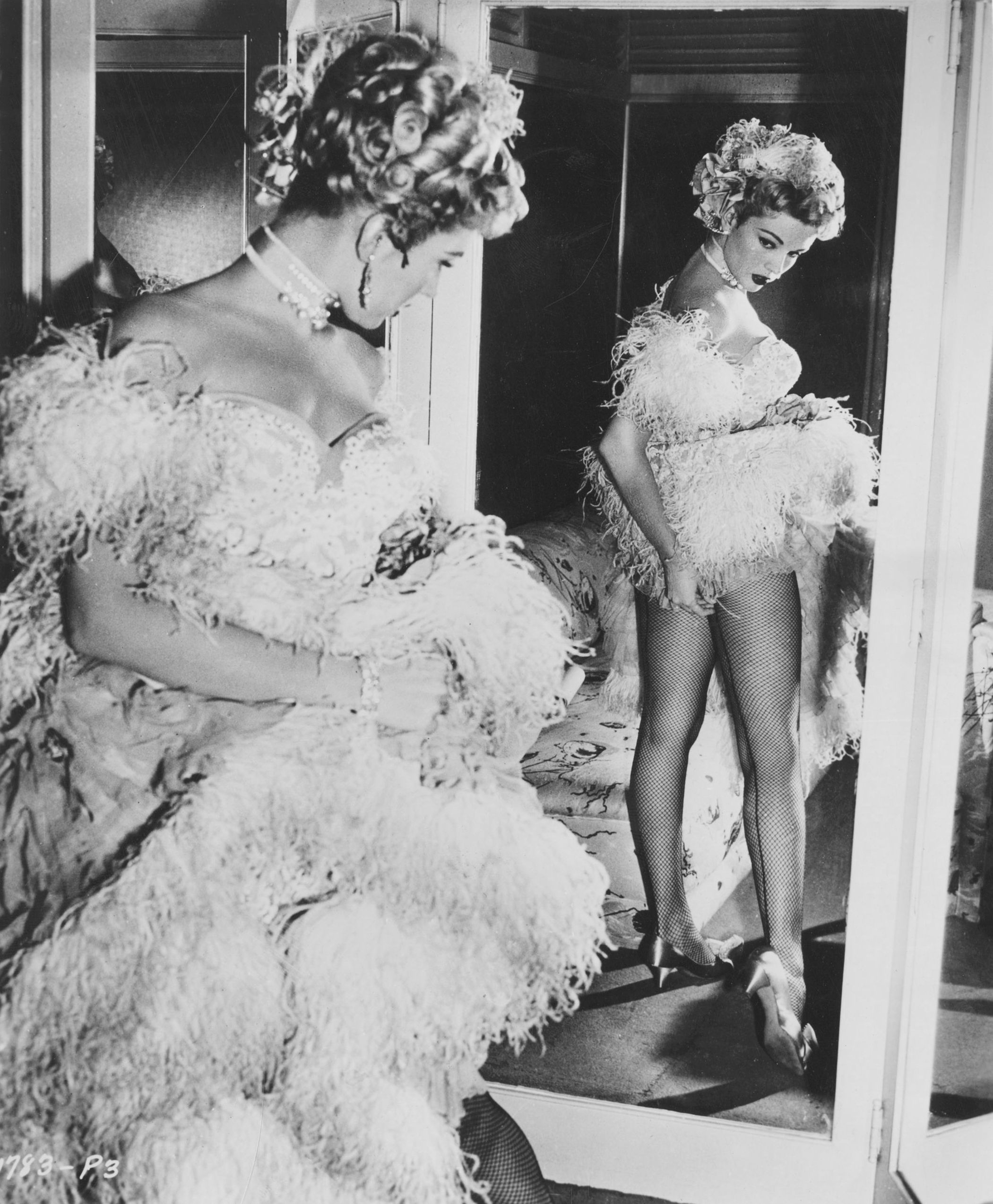














































Leave a Reply